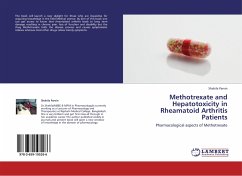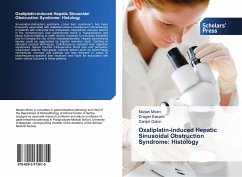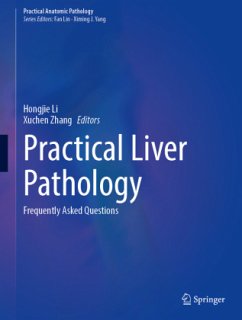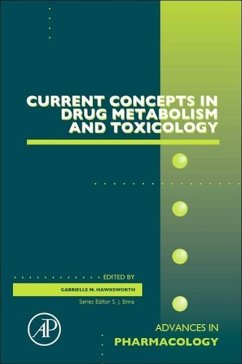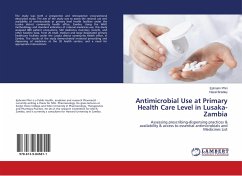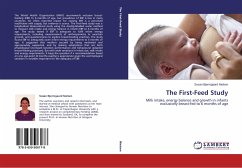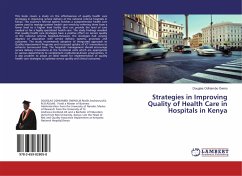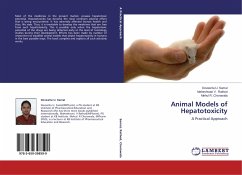
Animal Models of Hepatotoxicity
A Practical Approach
Versandkostenfrei!
Versandfertig in 6-10 Tagen
33,99 €
inkl. MwSt.

PAYBACK Punkte
17 °P sammeln!
Most of the medicines in the present market, possess hepatotoxic potential. Hepatotoxicity has become the most commom adverse effect that is being encountered. It has adversely affected human health and thus, life style. Thus, it is inevitable to develop the medicines that are free from such hepatotoxicity. This is possible only when the hepatotoxic potential of the drugs are being detected early at the level of toxicology studies during their development. Efforts has been made by number of researchers to establish animal models that depict hepatotoxicity in humans in the best possible ways. T...
Most of the medicines in the present market, possess hepatotoxic potential. Hepatotoxicity has become the most commom adverse effect that is being encountered. It has adversely affected human health and thus, life style. Thus, it is inevitable to develop the medicines that are free from such hepatotoxicity. This is possible only when the hepatotoxic potential of the drugs are being detected early at the level of toxicology studies during their development. Efforts has been made by number of researchers to establish animal models that depict hepatotoxicity in humans in the best possible ways. The book compiles and explains all such scholarly works.



